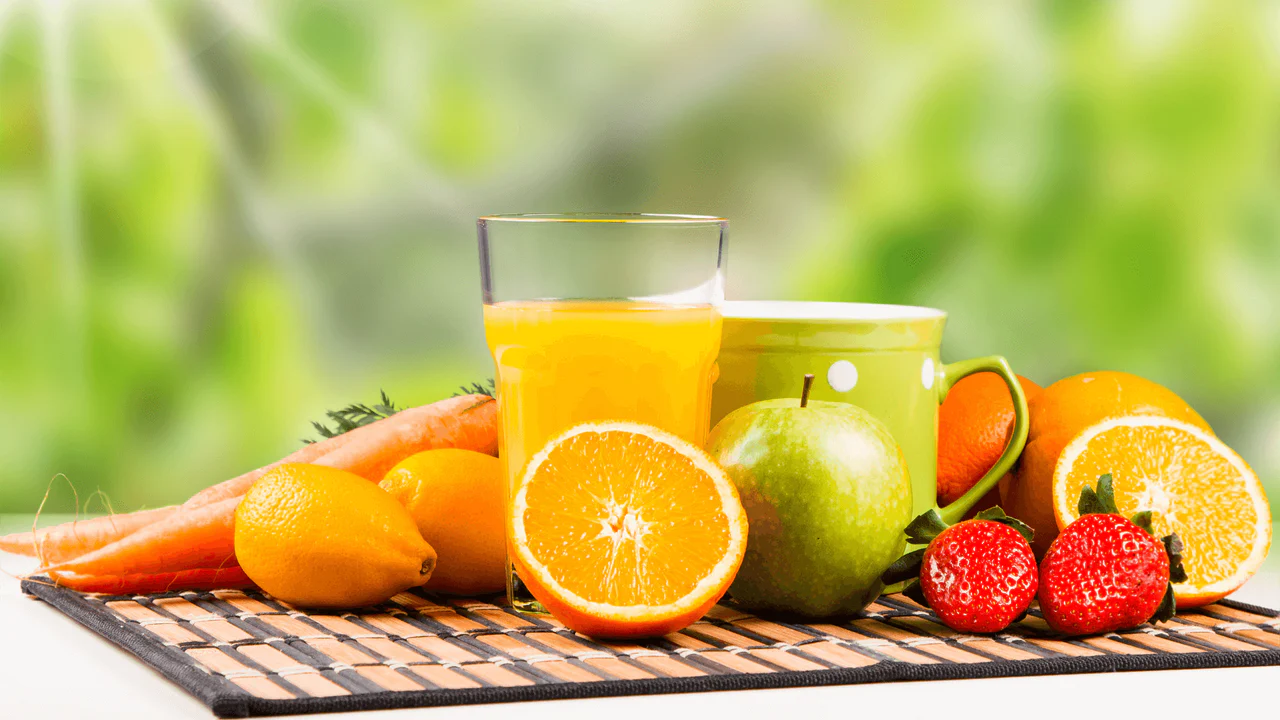Global food prices are rising, and this is especially noticeable when it comes to fruit juices. Once a common and affordable drink, juice is becoming increasingly inaccessible for the average consumer. Why is juice becoming so expensive, and are these prices justified? What factors influence the final cost of this seemingly simple product?
This question concerns not only economists and producers but also ordinary shoppers. As noted by the Baltimore Chronicle, juice prices are influenced by dozens of factors — from weather conditions to global logistics.
Why Juice Is Becoming More Expensive in Ukraine and Worldwide
Juice prices don’t rise on their own — there is a complex mix of economic, social, and environmental reasons behind the surge.
- Climate change. In key fruit-producing countries like Brazil and Spain, droughts, frost, and pests have significantly reduced crop yields. Fewer fruits mean less juice.
- Energy cost inflation. Juice production requires a lot of electricity and fuel. Rising energy prices directly impact manufacturing costs.
- Logistics disruptions. Post-COVID-19, international supply chains are still recovering. Fruits are often transported over long distances, and transportation has become drastically more expensive.
- Increased demand. Juice is marketed as a healthy product, and its growing popularity also drives prices up.
- Tax burdens. In many countries, including Ukraine, sugary drinks are subject to higher excise taxes, and juice is often included in this category.
How Much Does It Cost to Produce One Liter of Juice?
To understand why juice is expensive, it’s essential to break down all production costs.
Main components of juice pricing:
- Fruit procurement
- Processing costs
- Packaging (containers and labeling)
- Transportation
- Taxes and licensing
- Marketing and logistics
Comparison table: Cost breakdown of one liter of juice
| Component | Cost (UAH) | Comment |
|---|---|---|
| Raw fruit | 10–25 | Depends on the type of fruit |
| Processing | 4–8 | Energy- and labor-intensive process |
| Packaging | 3–6 | Packaging is a major cost driver |
| Logistics | 5–10 | Varies by region |
| Taxes and VAT | 5–7 | Includes excise tax in some cases |
| Marketing | 2–5 | Advertising and promotion costs |
| Total cost | 29–61 UAH | Before retail markup |
Natural vs. From Concentrate: What Makes the Price Differ
Many buyers choose juice from concentrate without understanding the difference from natural juice.
Key distinctions:
- Natural juice is made directly from pressed fruits. It has a short shelf life, higher cost, and retains more nutrients.
- Juice from concentrate is cheaper to produce, transport, and store. Its nutritional value is lower and it may include added sugars or flavorings.
Why natural juice is more expensive:
- Making concentrate allows for long-term storage (up to one year).
- Packaging for natural juice requires refrigeration and protective materials.
Global Market Influence on Ukrainian Juice Prices
Ukraine imports a large portion of the fruits used in juice production — oranges, mangoes, pineapples, etc. Therefore, local prices are directly affected by:
- Global commodity prices
- Shipping and container transport costs
- The U.S. dollar exchange rate
- International tariffs and import quotas
Since 2022, customs-related expenses have also increased, adding further pressure on prices.
Locally Made Juices: A Cost-Effective Alternative or a Myth?
Some Ukrainian brands produce juices from locally grown apples, plums, or cherries. These are sometimes more affordable, but there are limitations:
- Seasonal production — available only a few months a year
- Limited fruit variety
- Storage and taste issues
Still, for conscious consumers, this can be a more eco-friendly and budget-friendly option, especially when bought directly from the producer.
Why Fresh Juice Costs More Than Packaged Juice
In cafes and supermarkets, freshly squeezed juice is significantly more expensive than packaged alternatives. Why is that?
Main reasons:
- Fresh fruits are more expensive than concentrates
- Costs include equipment, staff, and single-use cups
- Extremely short shelf life — usually no more than 12 hours
- Often made “on demand”, increasing labor costs
What to Expect from Juice Prices in the Near Future
Analysts predict that juice prices will continue to rise. Key reasons include:
- Ongoing climate challenges
- Shrinking fruit plantation areas
- Increasing demand for “healthy” products
- Rising costs for eco-friendly packaging
However, the growing popularity of local producers and sustainable practices may help stabilize prices somewhat in the long run.
Earlier we wrote about why you shouldn’t do a juice detox.

